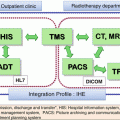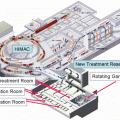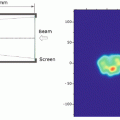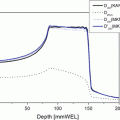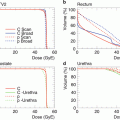Factor
Suitable
Cautionary
Unsuitable
Age
>60 years
50–59 years
<50 years
BRCA 1/2 mutation
Not present
–
Present
Tumor size
>2 cm
2 cm<, 2 cm, <3 cm
3 cm, 3 cm<
T stage
T1
T0, T2
T3, T4
LVSI
No
Limited/focal
Present
ER status
Positive
Negative
–
Multicentricity
Unicentric only
–
Present
Multifocality
<2 cm
2.1–3 cm
>3 cm
Histology
Invasive ductal or other favorable
Invasive lobular
Pure DCIS
Not allowed
<3 cm
If >3 cm
EIC
Not allowed
<3 cm
If >3 cm
N stage
pN0
–
pN1,2,3
Nodal surgery
SLN Bx, ALND
–
Not performed
In this guideline, not only an APBI-suitable group but also an APBI-cautionary group and an APBI-unsuitable group are shown. Accordingly, age 60 and over, negative BRCA1/2 variation, 2 cm or less tumor (T1), lymph vascular space invasion negative, estrogen receptor (ER) positive, unicentric tumor, invasive ductal or other favorable histology, without extensive intraductal component (EIC), pN0 are suitable for local treatment alone. C-ion RT is suitable for localized treatment and could be effective enough for radical radiotherapy of localized breast cancer. Preparations have been ongoing at the National Institute of Radiological Sciences (NIRS) for the treatment of breast cancer with carbon ions since 2011. We have just started a clinical trial of radical C-ion RT for patients with low-risk T1N0M0 invasive ductal carcinoma from 2013.
35.2 Significance of C-Ion RT
C-ion RT has a benefit in terms of dose distribution, which is even better than stereotactic body irradiation (SBRT) and intensity-modulated radiation therapy (IMRT) using high-energy X-rays. In addition, C-ion RT has higher biological effectiveness as well, resulting in higher local tumor control and a lesser degree of adverse effects to normal tissues. Although more than 7,000 patients have been treated with C-ion RT at NIRS in the last 19 years, a breast cancer study protocol has not been performed until now. Clinical trials with C-ion RT have two major purposes, one being the treatment of advanced tumors that are hard to cure with conventional treatment and the other the treatment of common cancers with the aim of improving survival and QOL of patients. The reason we did not treat breast cancer is that cases treatable by partial irradiation were difficult to identify.
Stay updated, free articles. Join our Telegram channel

Full access? Get Clinical Tree


